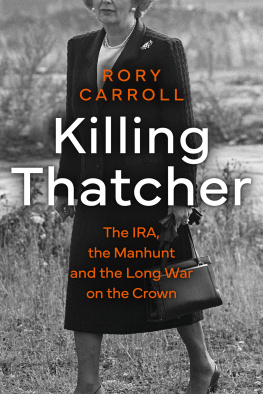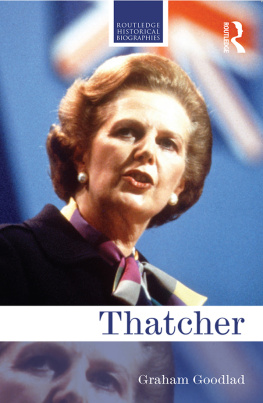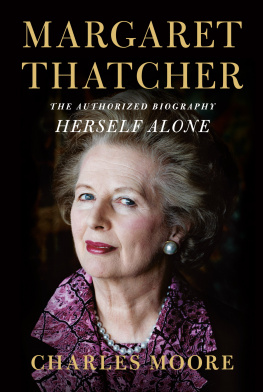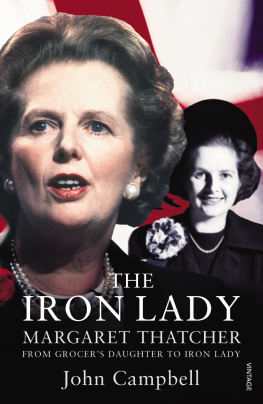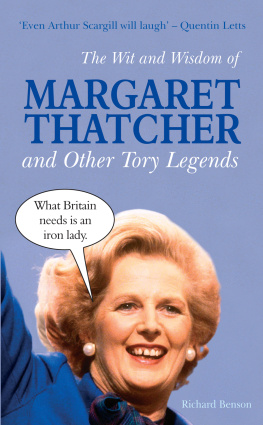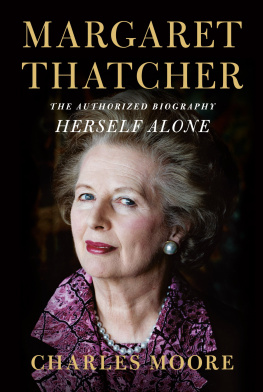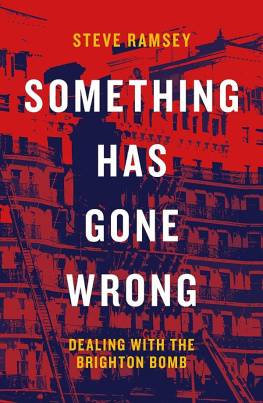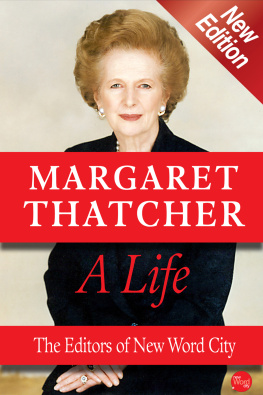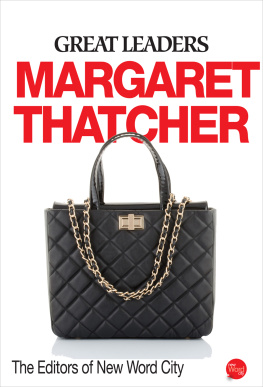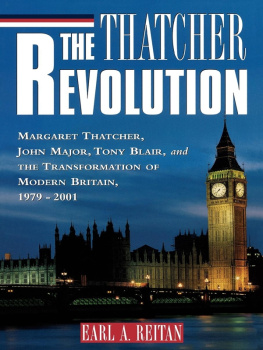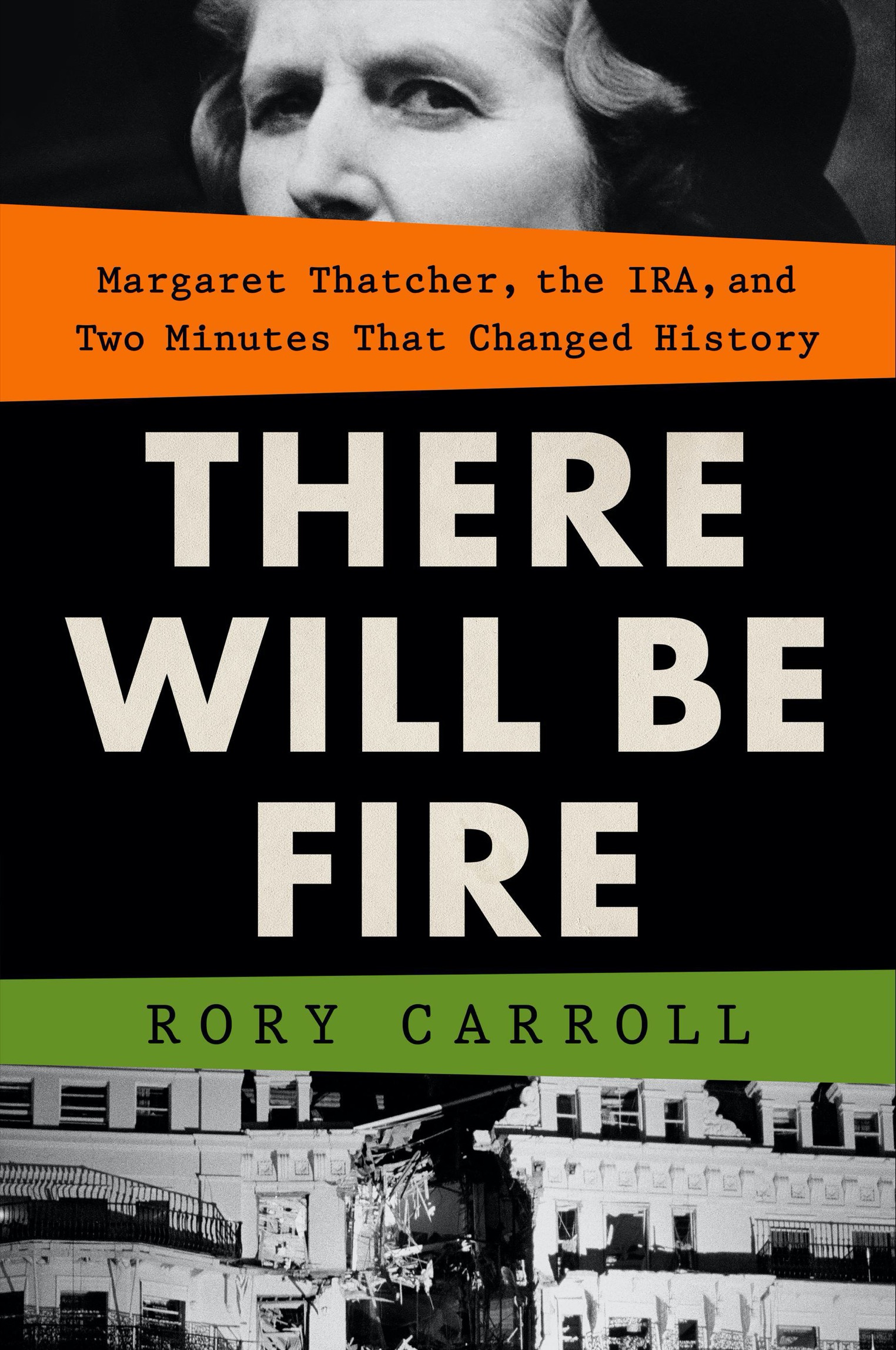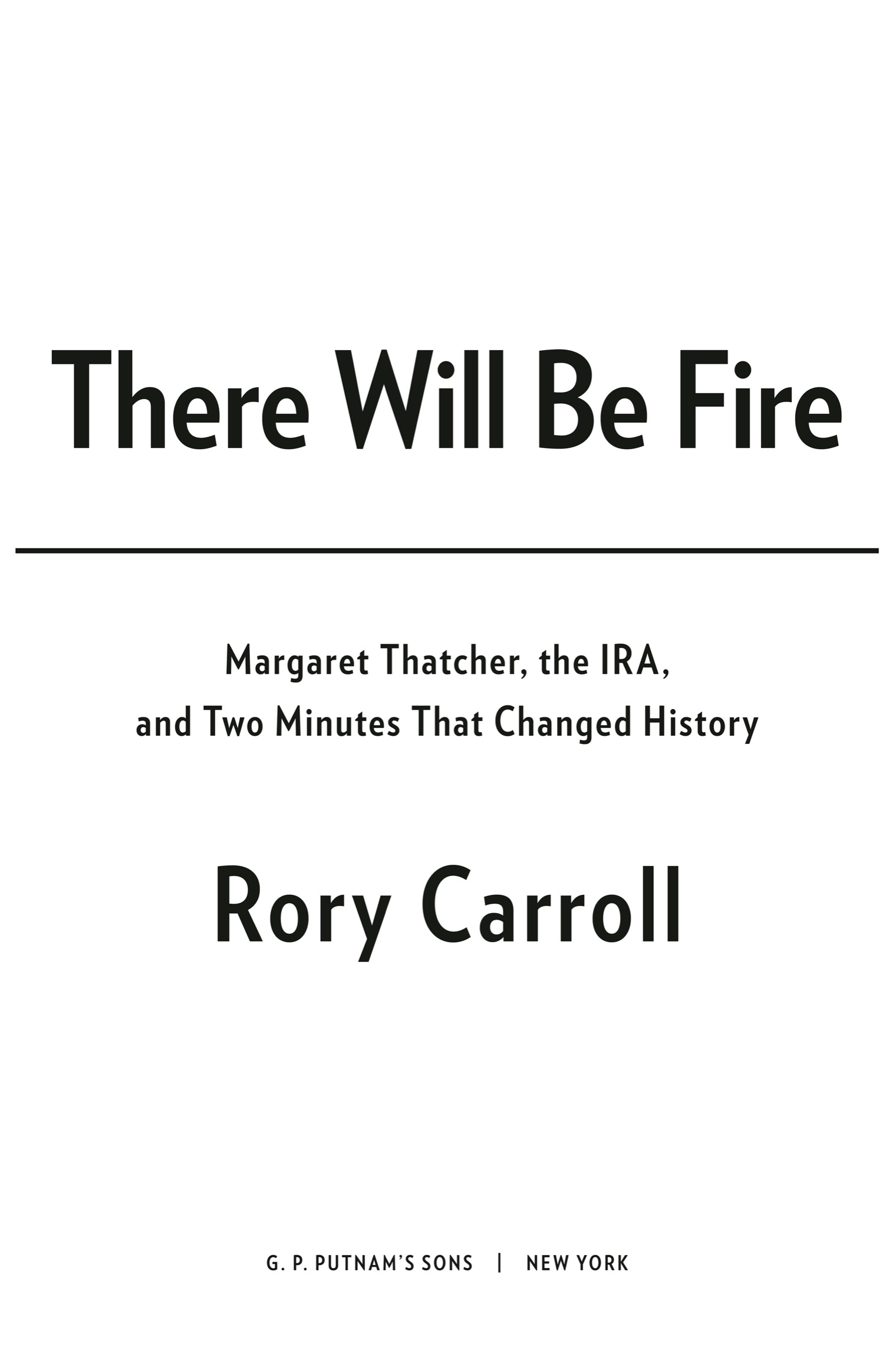Also by Rory Carroll
Comandante: Hugo Chvezs Venezuela

G. P. Putnams Sons
Publishers Since 1838
An imprint of Penguin Random House LLC
penguinrandomhouse.com

Copyright 2023 by Rory Carroll
Penguin Random House supports copyright. Copyright fuels creativity, encourages diverse voices, promotes free speech, and creates a vibrant culture. Thank you for buying an authorized edition of this book and for complying with copyright laws by not reproducing, scanning, or distributing any part of it in any form without permission. You are supporting writers and allowing Penguin Random House to continue to publish books for every reader.
Library of Congress Cataloging-in-Publication Data
Names: Carroll, Rory, author.
Title: There will be fire: Margaret Thatcher, the IRA, and two minutes that changed history / Rory Carroll.
Description: New York: G. P. Putnams Sons, 2023. | Includes bibliographical references.
Identifiers: LCCN 2022052213 (print) | LCCN 2022052214 (ebook) | ISBN 9780593419496 (hardcover) | ISBN 9780593419502 (ebook)
Subjects: LCSH: Thatcher, MargaretAssassination attemptsEnglandBrighton. | Irish Republican Army. | Magee, Patrick, 1951 | TerrorismEnglandBrightonHistory20th century. | Attempted
assassinationInvestigationEnglandBrightonHistory20th century. | Great BritainPolitics and government19791997. | IrelandPolitics and government1949 | Northern IrelandPolitics and government19681998.
Classification: LCC HV6433.G713 C377 2023 (print) | LCC HV6433.G713 (ebook) | DDC 363.32509422/5dc23/eng/20230111
LC record available at https://lccn.loc.gov/2022052213
LC ebook record available at https://lccn.loc.gov/2022052214
Cover design: Pete Garceau
Cover images: (Margaret Thatcher) Uncredited / Associated Press; (Brighton hotel) John Downing / Hulton Archive / Getty Images
Book design by Elke Sigal, adapted for ebook by Maggie Hunt
While the author has made every effort to provide accurate telephone numbers, Internet addresses, and other contact information at the time of publication, neither the publisher nor the author assumes any responsibility for errors, or for changes that occur after publication. Further, the publisher does not have any control over and does not assume any responsibility for author or third-party websites or their content.
pid_prh_6.0_143000291_c0_r0
To Alma and Ligi
Contents
_143000291_
A Note to Readers
I was twelve years old, a kid in Dublin, when the Irish Republican Army came astonishingly close to assassinating Margaret Thatcher. My family listened to the radio report in silence over breakfast.
It was common enough, in 1984, to start the day with news of the latest violence in Northern Ireland, but this was different. The bomb was in Brighton, England, and had targeted the British prime minister. It had almost killed her. It was the fifteenth year of the Troubles, that odd euphemism for sporadic killing, and we were grimly accustomed to reports of attacks on soldiers, police, and civilians. But Thatcher? The world wobbled on its axis. She was a global figure, the Iron Lady, protected by rings of security. How did the IRA get so close? How had they planned it? How did she escape? What if she had died?
So many questions, but they were never really answered. For the British, it was as if dwelling on the enormity of itpublicly, at leastwould play into the hands of the IRA. Thatcher led by example, insisting everything must go on as usual. The shock wore off, and the world recovered its equilibrium. An attack that had almost wiped out the British government gradually slipped down the news bulletins and receded into history.
My first job as a newspaper reporter was in Belfast in the mid-1990s, when the Troubles were winding down. In those days, you might occasionally hear whispers about Brighton, about how the IRA did it, but nothing definite. The operation, in the organizations parlance, was still kept tight. I moved on, joined The Guardian in London, and ended up covering other conflictsthe Balkans, Afghanistan, Iraq, Mexicoeach with their own dark secrets. In 2018, I returned to Dublin to cover Ireland, north and south, for The Guardian. Belfast was transformed, British troops long gone, boutique hotels popping up like toast. But the so-called peace walls dividing Catholic and Protestant areas were still there, and so, too, the hush over certain IRA operations. For those involved, fear of prosecution, or just the old reflex to say nothing, kept the lid screwed tight.
Then I learned that Patrick Magee, an IRA member who had been convicted of planting the Brighton bomb, was writing a memoir. A good topic for an article, I thought. The memoir shed light on his childhood and motives for joining the IRA, and his life since release from prison, but disclosed next to nothing about the Brighton operation. When I interviewed Magee, he was courteous and thoughtful, but implacable in deflecting questions about the plot to kill Thatcher. The story seemed to remain locked in that black box.
But by reviewing newspaper accounts of his 1986 trial, and monitoring the slow release of information in subsequent books, oral histories, court cases, and official documents, I was able to discern an outline of the conspiracy, its zigzag path from conception to execution, and the police hunt for the bombers. After I located a handful of former IRA men willing to talk, the sequence of events became clearer, and I realized that no article could do justice to the story.
From 2020 to 2022, research assistants and I delved into archives in Dublin, Belfast, London, and Brighton, and I conducted more than a hundred interviews with former IRA members, police detectives, bomb disposal experts, politicians, officials, and friends and relatives of key players. Some were proud to go on the record, others requested anonymity and elaborate security precautions. Some were garrulous, others were cagey and keen to find out what I had learned. Gerry Adams, who plays a prominent role in these pages, did not respond to my request to interview him. He has consistently denied being a member of the IRA and repeatedly rejected allegations of his participation in any of its operations. There were dead ends, false leads, breakthroughs. In Dublin, I found the IRA commander who sent Magee to England. In Belfast, I found the veteran IRA bomber whose name Magee borrowed as a pseudonym. Interviews took place in dingy flats, dive bars, plush offices, and the occasional fancy restaurant, not least that at the Grand Hotel, my base in Brighton. Bit by bit, the story emerged.
This is a work of nonfiction. At the back of the book, a note on sources details how I used the information. Every scene and descriptive detail is based on interviews, conducted by me or others, or rooted in the historical record. Where someone is quoted, or their feelings described, there is a source. When accounts of particular events conflicted, I chose one version, the one that seemed to me the most credible, and cited the competing interpretations in endnotes. In time, more secrets, in the form of unsealed official documents and perhaps deathbed confessions, will emerge. But for now, this is the story as I was able to unearth it.


